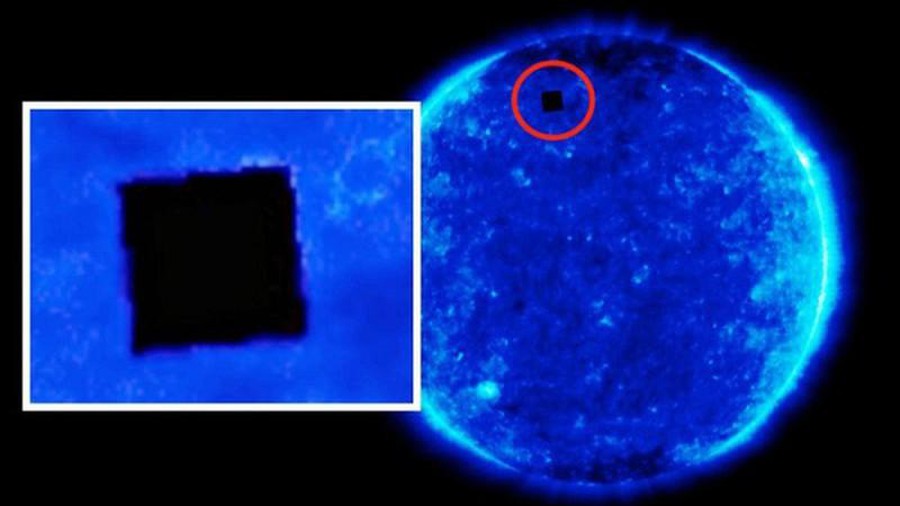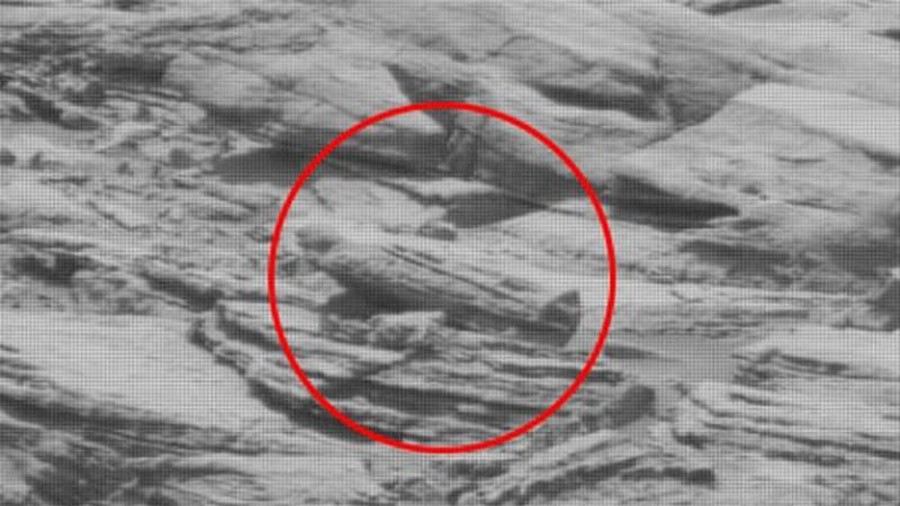Discovered mysterious signals emanating from a star right next to the Solar System, possibly of aliens
According to The Guardian, in April and May 2019, the Parkes telescope in Australia received a narrow beam of radio waves with a frequency range of 980 MHz emitted from Proxima Centaury for 30 hours continuously. However, this signal was detected only once and has not reappeared until now. Basically, this is a very interesting finding, as signals emitted from satellites or human-made devices usually rarely operate in the 980 MHz band.
Since its inception, the $ 100 million Breakthrough Listen project has regularly received abnormal radio signals. These radio signals are either native to the Earth, or emitted by the Sun or other natural sources outside the Solar System.
However, the signal obtained by the Parkes telescope seems to be coming directly from Proxima Centauri. Notably, this signal changed slightly during its tracking, in the same way that radio signals are altered by the motion of a planet.

The Parkes radio telescope is part of the $ 100 million Breakthrough Listen project that searches for radio signals from civilizations outside the Solar System.
"This is the first heavyweight candidate to try to find alien radio signals since Wow! Signal," The Guardian reported, citing insiders from the research team.
Wow! Signal "is a famous radio signal discovered in 1977. It is considered a" technical sign "- a term indicating the presence of an extraterrestrial civilization with a similar technological level. However, according to The Guardian does not rule out the possibility that the signal originating from Proxima Centauri is similar to Wow! Signal, which could be emitted from a comet or cloud of hydrogen.
"This is definitely the most interesting signal we have ever discovered in the Breakthrough Listen project, as no signal has ever passed many of our wave filters before," says researcher Sofia. Sheikh of Penn State University, in charge of signal analysis for Breakthrough Listen, expressed excitement about the finding. The mysterious signal is now named Breakthrough Listen Candidate 1, or BLC1.

The Proxima Centauri star system has a rocky exoplanet 17% larger than Earth and a gas giant.
According to Space.com, the biggest challenge in finding extraterrestrial civilizations comes from the fact that we don't know how aliens can communicate. Besides, we still do not fully understand the potential sources of natural radio signals in the universe.
Therefore, whenever we receive radio signals that are not coming from natural sources, we often think of these as signals sent by extraterrestrial civilizations.
As of now, scientists have yet to publish any data regarding BLC1 signals. However, even if these data are made public, chances are no one will be able to give an answer to the origin of this signal.
You should read it
- Why have scientists found Proxima b - '2nd Earth' until now?
- Is Proxima b our 'neighbor' planet?
- 7 most modern astronaut ships on the planet
- The mystery of the numbers of Proxima b: The 'Second Earth' on the planet may exist life
- The discovery of the 'Second Earth' can exist only 4.2 light-years away from Earth
- How much money does it take to get to Earth 2 and how long does it take?
- Discover the strange green planet HD 189733b outside the solar system
- Discovered evidence that 'Solar System 2.0' has water
May be interested
- Appears more clues proving the existence of the mysterious 9th Planet in the Solar system
 this mysterious planet may have formed close to the sun, before being pushed back by jupiter's gravity toward regions at the boundary of the solar system.
this mysterious planet may have formed close to the sun, before being pushed back by jupiter's gravity toward regions at the boundary of the solar system. - Astronomers have discovered 'strange signals' that can come from a star located 11 light years away.
 recent astronomers have discovered 'strange signals' that can come from a star located 11 light-years away.
recent astronomers have discovered 'strange signals' that can come from a star located 11 light-years away. - Discovered evidence that 'Solar System 2.0' has water
 the solar system 2.0 is the trappist-1 star system of 7 planets the size of the earth, about 40 light-years away, discovered by scientists in early 2017.
the solar system 2.0 is the trappist-1 star system of 7 planets the size of the earth, about 40 light-years away, discovered by scientists in early 2017. - Google Maps detects 8 strange bases of aliens?
 please join us to learn about 8 strange alien bases on google maps in this article!
please join us to learn about 8 strange alien bases on google maps in this article! - Faraway places in the solar system
 are you curious to know what the farthest places in the solar system are? this article will list the farthest places in the solar system for you.
are you curious to know what the farthest places in the solar system are? this article will list the farthest places in the solar system for you. - Marvel at the mysterious giant swastika circle that appears on the field
 many people believe that this is a sign of aliens left. however, people who do not believe in aliens say that it is most likely someone's artistic work.
many people believe that this is a sign of aliens left. however, people who do not believe in aliens say that it is most likely someone's artistic work. - Detecting the tremors of the 'twin brothers' of the solar system, the key to deciphering early life
 the us aerospace agency (nasa) discovered a planetary system around a star called epsilon eridani (eps eri for short) in the constellation eradinus in a special way with our solar system.
the us aerospace agency (nasa) discovered a planetary system around a star called epsilon eridani (eps eri for short) in the constellation eradinus in a special way with our solar system. - What is solar storm? How solar storm affects the Earth
 a solar storm can release the energy equivalent of millions of 100-megaton (100 million tons) hydrogen bombs exploding at the same time.
a solar storm can release the energy equivalent of millions of 100-megaton (100 million tons) hydrogen bombs exploding at the same time. - 'Ghost' radio station continuously transmits mysterious cryptography for 40 years without stopping
 a cluster of old buildings built during the cold war constantly broadcast confusing signals anyone, anywhere in the world can hear this signal but without any organization or fish. any employee acknowledges owning this facility.
a cluster of old buildings built during the cold war constantly broadcast confusing signals anyone, anywhere in the world can hear this signal but without any organization or fish. any employee acknowledges owning this facility. - The unexpected truth about Uranus - the king of the sky
 uranus or uranus is the seventh planet in the solar system. this planet is named after the sky god of the ancient greeks uranus.
uranus or uranus is the seventh planet in the solar system. this planet is named after the sky god of the ancient greeks uranus.










 The answer to the disappearance of water on Mars already exists
The answer to the disappearance of water on Mars already exists Detecting monstrous black holes, 20 billion times larger than the sun and growing 'fast'
Detecting monstrous black holes, 20 billion times larger than the sun and growing 'fast' Mysterious black objects appear in NASA sun photos
Mysterious black objects appear in NASA sun photos 3D map of the largest universe ever
3D map of the largest universe ever Detecting strange objects like alien coffins on Mars
Detecting strange objects like alien coffins on Mars